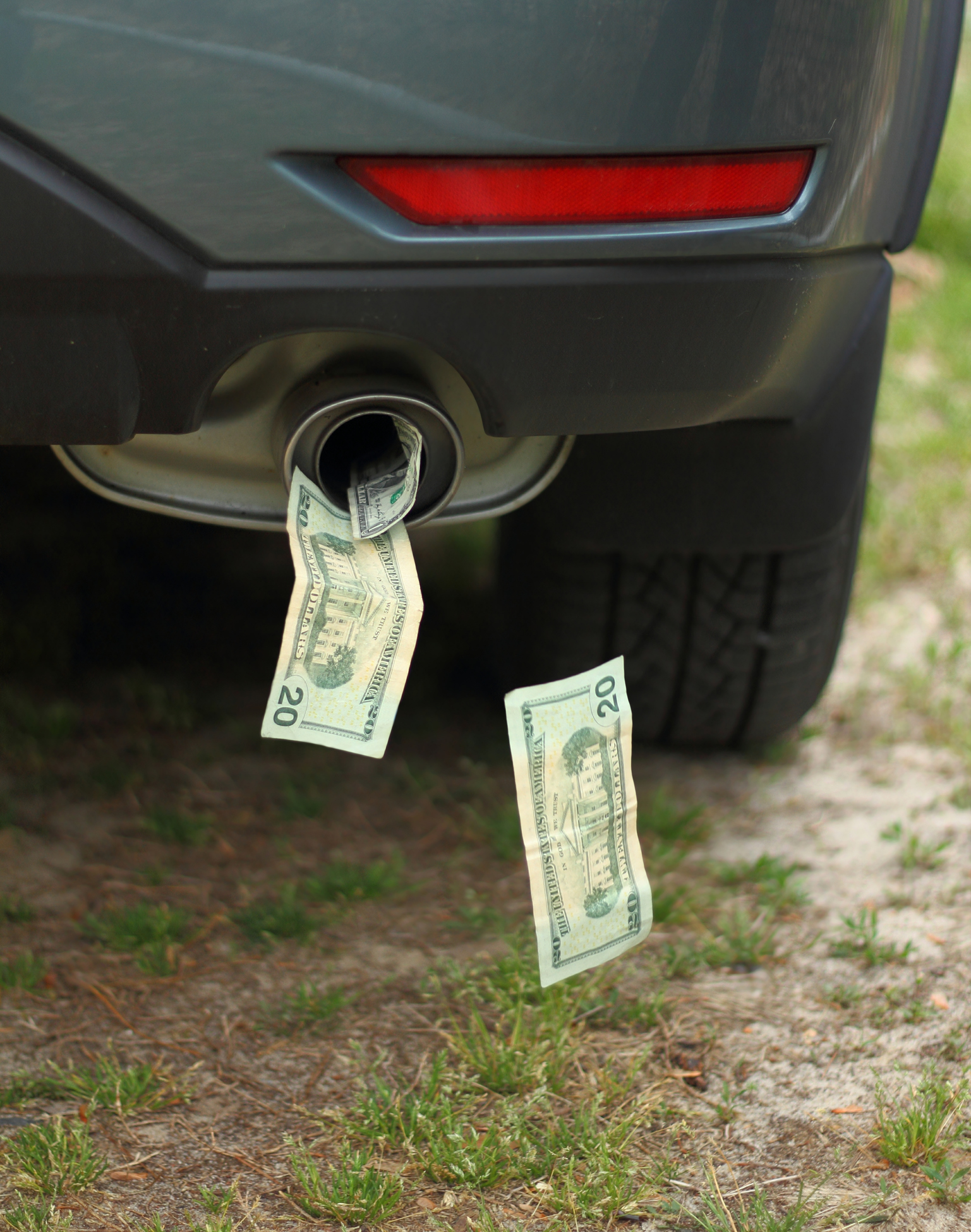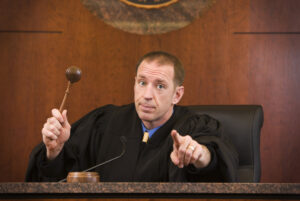Earlier this year, the U.S. saw its highest gas prices, surpassing 2008’s all-time high of $4.11 ($5.25 today adjusted for inflation). As a result, fuel savings and efficiency have become more critical than ever. Unfortunately, a good chunk of fuel efficiency is not something the driver can control; however, 17% – 30% of fuel efficiency IS impacted by driver behavior. So today, we’ll focus on driver behaviors that affect fuel efficiency, starting with speed.
Speeding
If you are concerned about reaching the best fuel economy, drive anywhere from 50 to 60 miles per hour. Any more than 60 mph and the vehicle creates too much air resistance and wastes excessive fuel. According to the U.S. Department of Energy, for every five miles per hour driven above 50 miles per hour, it is the equivalent of spending an additional $0.33 per gallon. You can save as much as $4.65 per gallon of gasoline by slowing down five to ten miles per hour – with the current average national gas price currently at $4.754 ($5.991 in California), these savings make a world of difference in your fleet’s expenses.
Along similar lines, excessive speeding, especially in stop-and-go traffic combined with aggressive braking and accelerating, wastes more fuel than necessary and puts undue wear and tear on the vehicle, impacting maintenance costs and vehicle longevity.
Hard Braking & Acceleration
Aggressive braking or acceleration increases fuel consumption by as much as a half-gallon of fuel (Accident Research Centre at Monash University, 2006). Braking harshly requires the driver to use more acceleration when beginning to drive again, wasting more gas than needed if they had come to a gradual stop. These habits increase fuel costs and contribute to higher vehicle operation and maintenance costs due to the wear and tear caused by harsh braking. When a driver habitually brakes too hard, they cause:
- brake pads wearing out quicker
- brake discs to heat up and warp
- rotors becoming overheated and damaged
- ball joints, suspension, wheel bearings, and bushings to experience more pressure
These aggressive driving habits can increase fuel consumption from 10% to 40%, depending on the environment in which the driver is driving (U.S. Department of Energy).
Driving with Low Tire Pressure
Not checking your tire pressure is not only dangerous, leading to things like tire distortion, increased wear and tear, and tire blowouts, but it can also decrease your fuel efficiency. According to the NHTSA, keeping your tires properly inflated can save you up to $0.11 per gallon, and every 1% decrease in tire pressure correlates to a 0.3% reduction in fuel economy!
Not Planning the Driving Route
When it comes to a fleet’s driving route, many different factors could affect the fluctuation of its fuel efficiency:
- Total Drive Time – The shorter the drive time, the less fuel consumed.
- Road Speeds – Too high of a speed and you’ll waste more fuel; too slow for a given speed limit will also waste fuel. Every vehicle has an ideal cruising speed, so getting to the ideal speed and coasting to a stop is more fuel efficient when legally permitted.
- Traffic Flow – Stop-and-go traffic wastes more fuel due to the constant braking and acceleration – when possible, avoid driving during heavy traffic hours.
To summarize, to save fuel while simultaneously driving safely, we recommend that drivers:
- Maintain a steady speed
- Accelerate gently
- Anticipate traffic – Plan route accordingly
- Avoid speed rates that are too high (and too slow)
- Coast to decelerate – Avoid slamming on the brakes
For More Information: www.predictivecoach.com



